As a young person interested in art and technology, JiaJia Fei, digital strategist to the art world, realized that few others were taking advantage of the intersection of both.
“There were so many lost opportunities not making art accessible in general and not making art accessible online,” she said. “I grew up on the internet. I saw the power of making content as well as images available and comprehensible online. No one was doing that.”
In 2020, Fei launched her own digital consultancy, which helps museums, galleries, and artists better understand the potential of operating within digital spaces and reach broader audiences online. “I've always been an advocate and believer that contemporary art is digital art,” she said. “Art should reflect the tools of our time. Now, we have screens all around us. It makes sense that artists now should use those.”
As NFTs — "nonfungible tokens," which certify a digital asset, like an artwork, is unique — become a household term and Instagram continues to dominate our attention, how we experience art is rapidly changing. This NFT by Beeple, also known as Mike Winkelmann, recently set a record when it sold for $69 million, kicking off a gold rush for digital art — which has been met with some criticism. "One of the things that I hate about the 1% aspect of art is that you only hear about it when it breaks sales records," Fei said.
Fei sees her role as a translator between the worlds of art and technology, with the end goal of making art more accessible to more people online: “What I dislike about what's happening is that we are replicating every inherent problem of the art world in such an exponential factor [with NFTs]. The art that is selling right now, it's a lot of male artists, a lot of white male artists, and they are getting attention because they're breaking auction records.”
We asked Fei to share 10 images that have influenced her thinking and career in the art world. You’ll find her list below. For more on bringing art to the digital masses, sign up for JPG, our photography newsletter.
1. Laurie Simmons, "Walking Camera II (Jimmy the Camera), 1987"
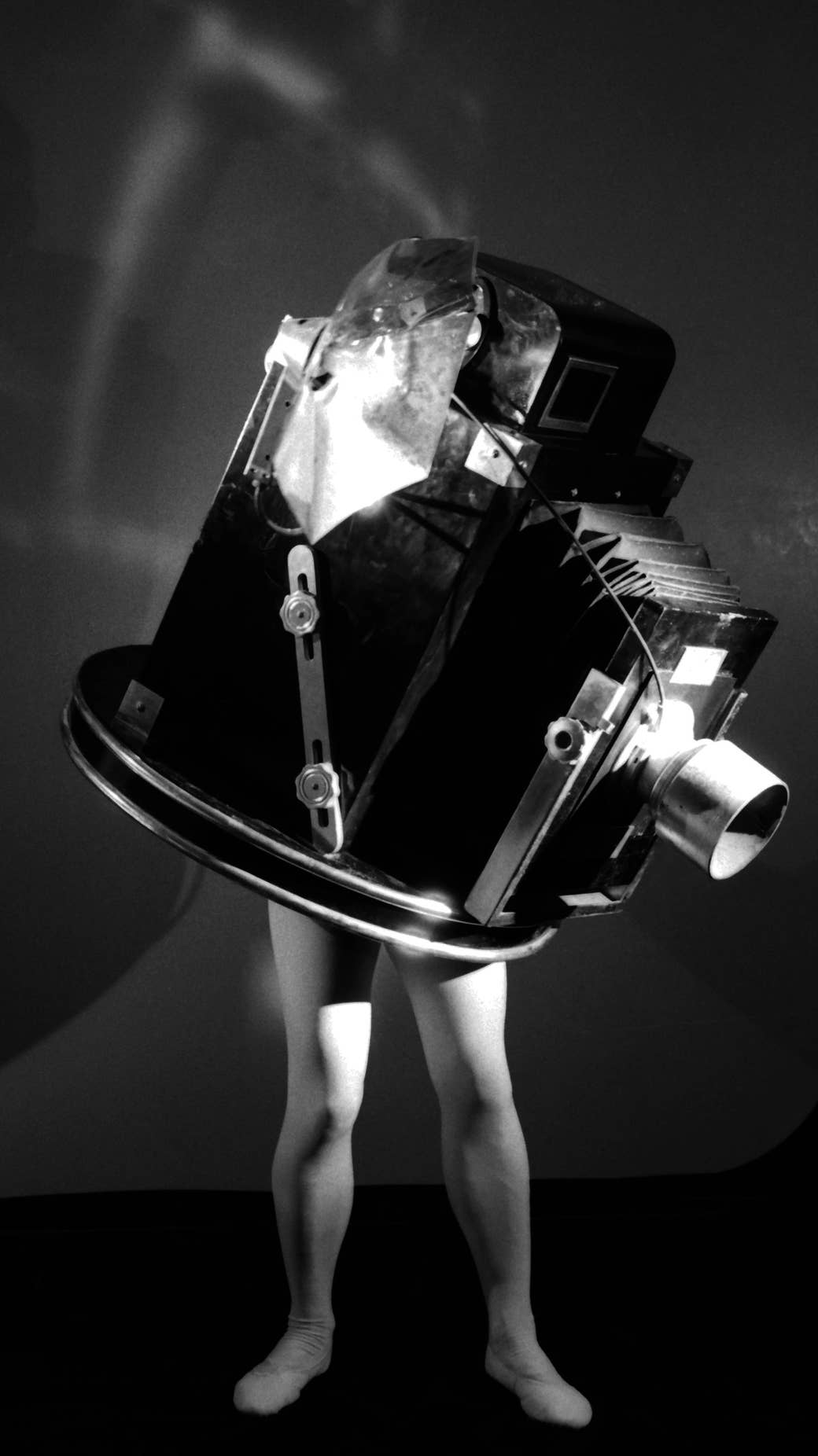
As a student at Bryn Mawr College, I knew I wanted to study art, but it took picking up a camera myself to begin to find my place inside the art world and identify the many problems within it. A women’s college, Bryn Mawr has historically only permitted its students to study the history of art, which is what I ended up majoring in. To practice art, however, one had to enroll at the historically male (but now co-ed) Haverford College one town over. The irony of discussing this Laurie Simmons photograph in one of my first studio art courses at Haverford, taught by a male professor, was not lost on me.
2. Virgin Mawrtyr, Issue I, 2006 by JiaJia Fei
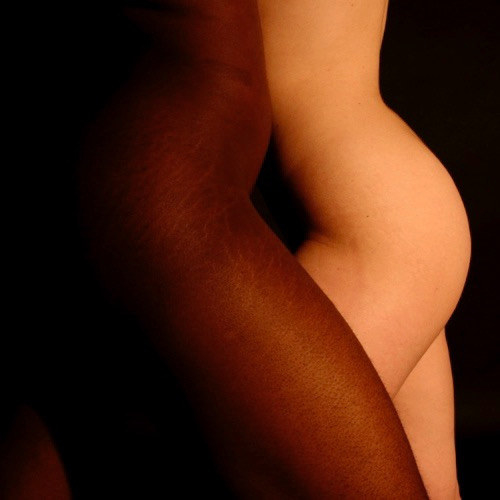
In my junior year, I fully embraced the radicality of my liberal arts education and internalized its inclusive brand of feminism upon founding the first “feminist erotica” publication on campus. I called it Virgin Mawrtyr (a reference to the Medieval-era figure who is sacrificed because of their religious beliefs), though the publication only survived its first issue. My friends and I staged clandestine photo shoots, sneaking into theaters and libraries at night in the absence of photo studios and fancy lighting equipment. I made this image of my friends Adaobi and Emily with a clamp light on the stage of our college theater, inspired by the nudes of Robert Mapplethorpe — with a feminist lens, of course!
3. Nan Goldin, "Misty and Jimmy Paulette in a Taxi, 1990/1991"
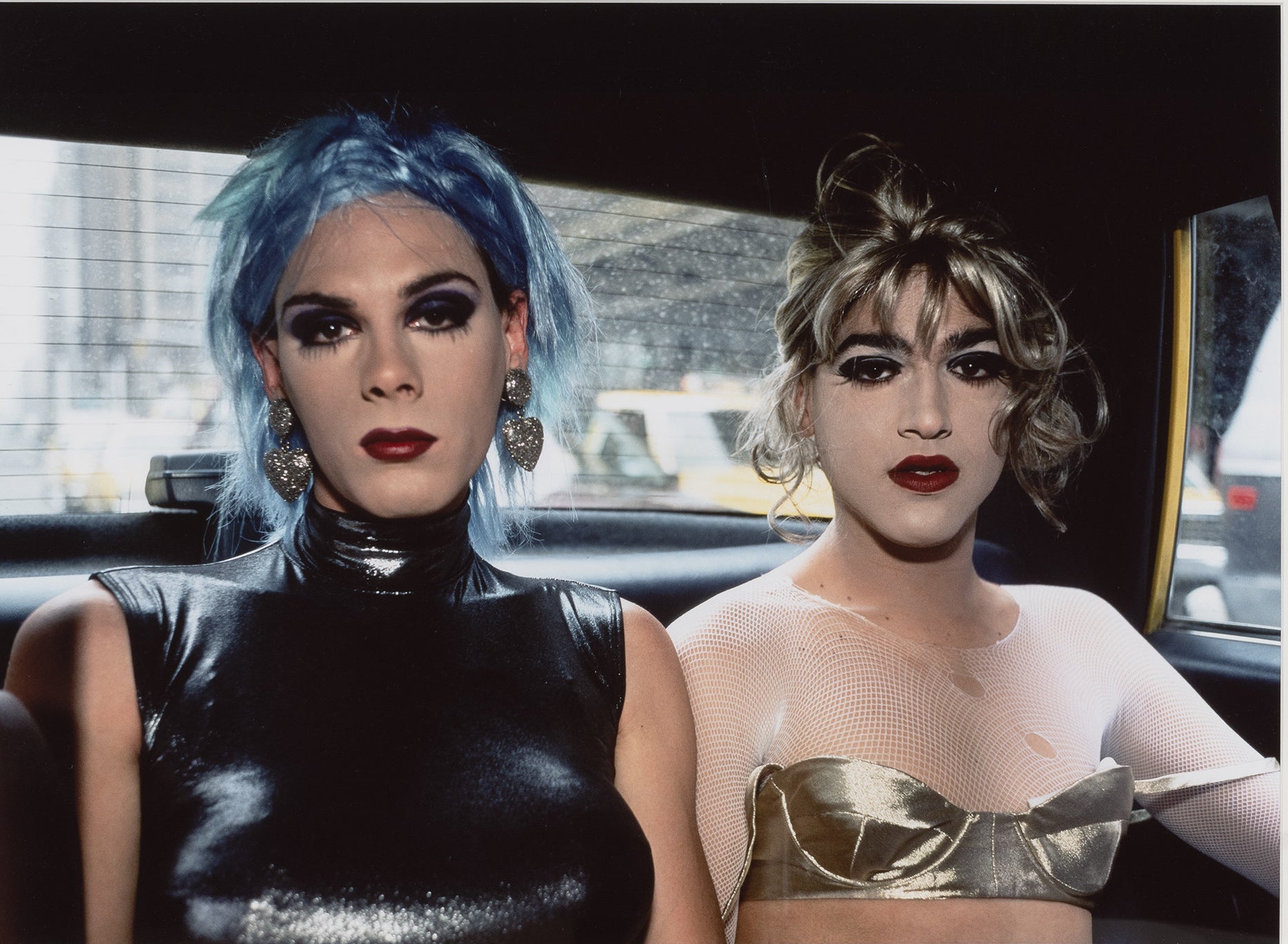
While studying art history, I became enamored by the work of Nan Goldin and wrote a paper titled “The Ballad of Nan Goldin: Subversion of Gender and Photography.” I’m too terrified to revisit any of my writing from this period, but I will never forget a quote that I discovered in my research process: “There is a popular notion that the photographer is by nature a voyeur, the last one invited to the party. But I'm not crashing; this is my party. This is my family, my history.”
As an aspiring photographer and visual storyteller, I too identified with the deep empathy and connection Goldin had with her subjects — a closeness only achieved by authentic trust and care. I kept a postcard of this photograph of two drag queens in a taxi displayed in my dorm room, then workspace, for years and years. That line always stuck with me: “This is my party.”
4. Yayoi Kusama at age 10 (1939)
The undeniable impact of Yayoi Kusama — on visual culture, on the internet, and on social media alone — is staggering. I even recorded a podcast about it once. But few who take a selfie inside an “Infinity Mirrored Room” may realize that she’s been at this (as an artist) her entire life — decades before the ‘gram. In this photograph of Kusama at age 10, she is holding an enormous bouquet of flowers that appears to overpower her body. She began drawing pictures of oversize flowers from her family nursery around this time and started experiencing vivid hallucinations as the result of a volatile family environment. You can already see the quiet chaos stirring in her eyes.
5. Linder Sterling, "Pretty Girls, 1977/2007"
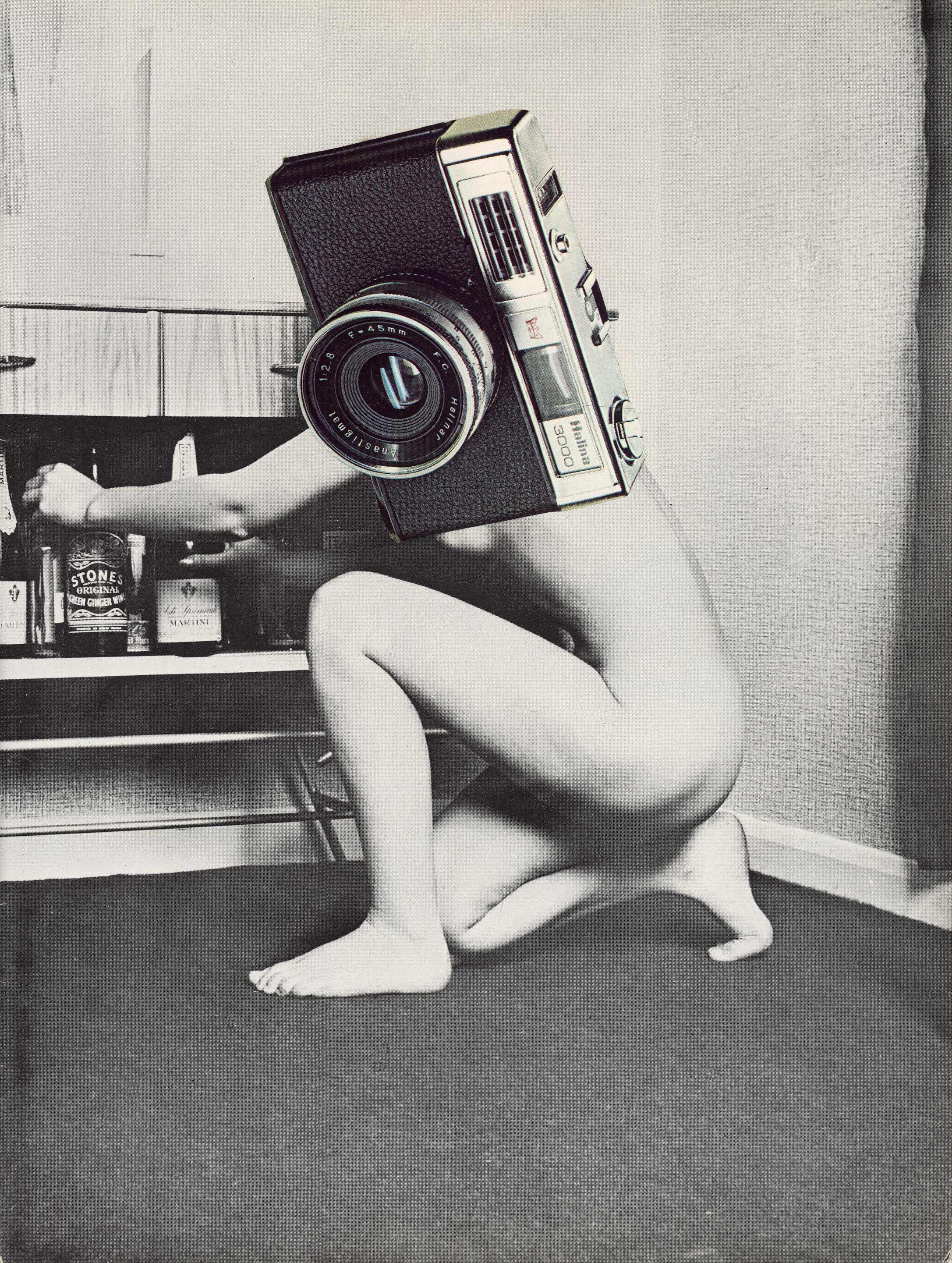
So much of my current knowledge of badass women image-makers is something I must credit to Tumblr (RIP) over my own formal art education. Linder, a British artist known for her radical feminist photomontage, was someone I first discovered on the internet. Like a Martha Rosler meets Laurie Simmons, her images carry with them an aesthetic violence that all women and nonbinary subjects can relate to — and have often felt viscerally — as objects of the gaze.
6. Anne Marie Henrich, "Autorretrato con hijos"
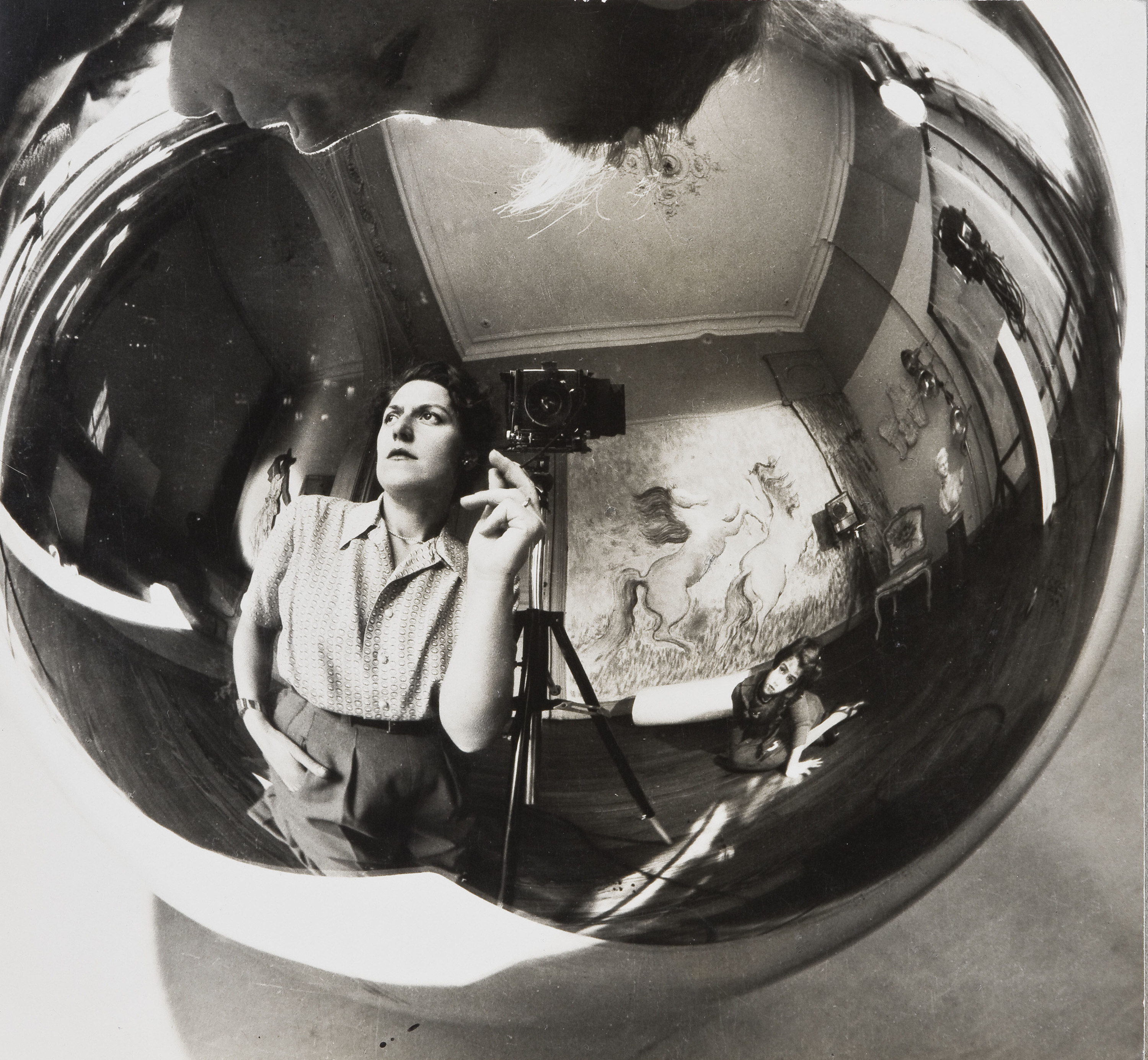
This self-portrait by the German Argentine photographer was the last post on my Tumblr account, circa 2015. Though generally overlooked and not well known at all in the United States, her work was exhibited at a retrospective organized by the Museo de Arte Latinoamericano de Buenos Aires, which I saw while traveling to speak at a museum conference in Buenos Aires. You rarely see photographs by women from this era, and there are even fewer self-portraits. When I look at this image, I see control, confidence, and someone who was totally not afraid of wearing pants.
7. Zhong Lin for Elle Taiwan November 2018
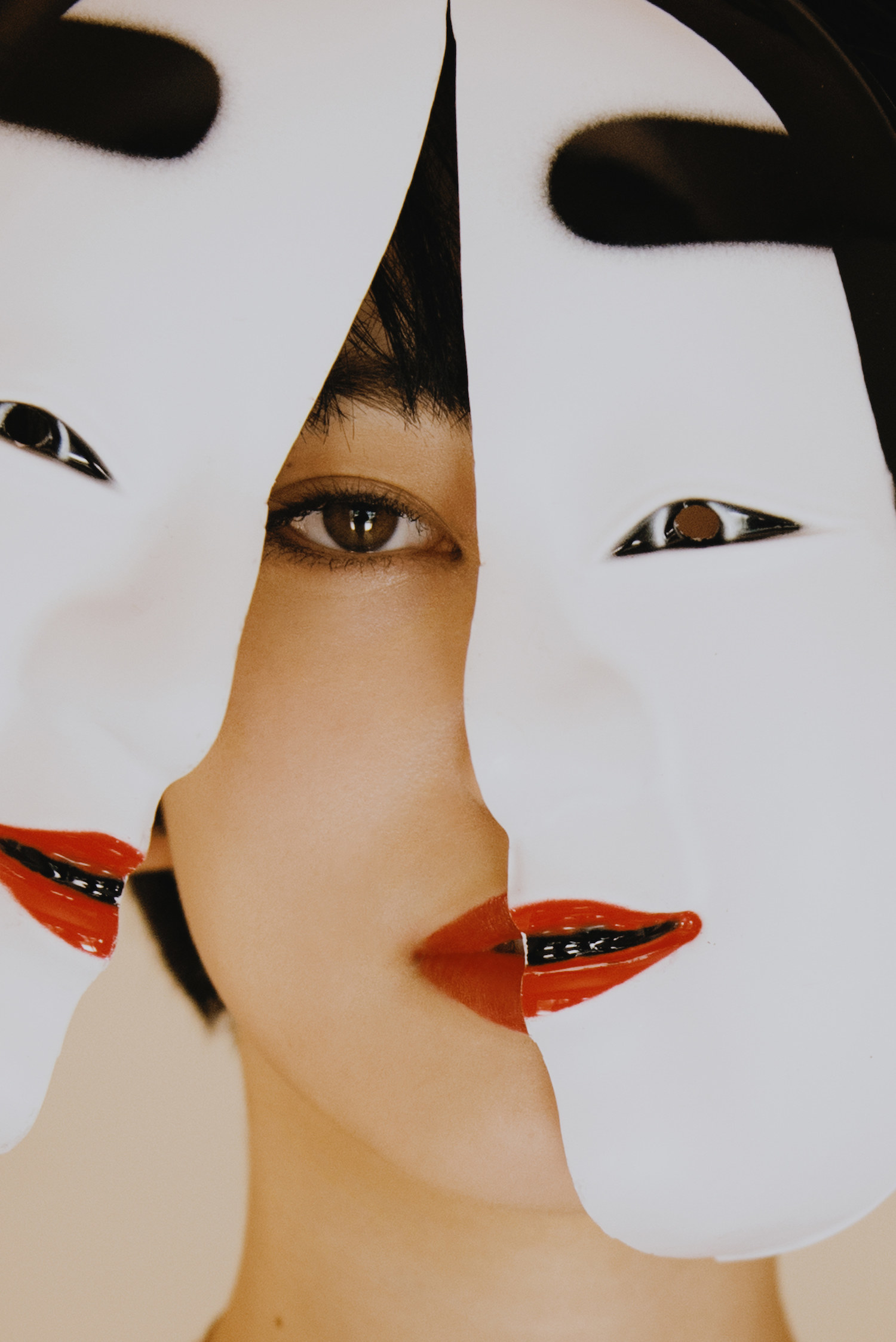
Over the past year, self-taught Malaysian photographer Zhong Lin has been making a new image on Instagram every day for 365 days. Her quarantine project concluded on April 20, 2021 —a true indication that Instagram has become. our 24/7 magazine of the world. I grew up with a pretty singular (and white) definition of beauty in American fashion magazines, but photographers like Lin have been able to foreground representation of Asian women to a global effect, thanks to social media as the world’s primary channel of visual communication. But when I look at her images, I don’t just see a fashion image; I see the rigor of Man Ray, Magritte, Dalí, and all the cerebral Surrealists who have been celebrated for their roles in complicating reality.
8. Women staffers of Gidra (1960s), Mike Murase

Around the time of the Atlanta-area spa shootings, I went into a little bit of a spiral to uncover the untold histories of Asian Americans in the United States. One of my favorite discoveries was this photograph of the women staffers of Gidra, a forgotten zine of 1960s Asian American radicals. First issued in 1969 at UCLA, Gidra was a student-formed zine that featured stories, poetry, photography, and illustrations and confronted the mischaracterization and xenophobia of Asians in America. The publication lasted five years and 60 issues (a way better track record than my own zine). This photograph by the editor Mike Murase made me wonder where all these women are today — and if I were one of them, whether I would’ve been brave enough to hold my middle finger up to the lens.
9. Onna-Bugeisha (female samurai warrior), 1800s
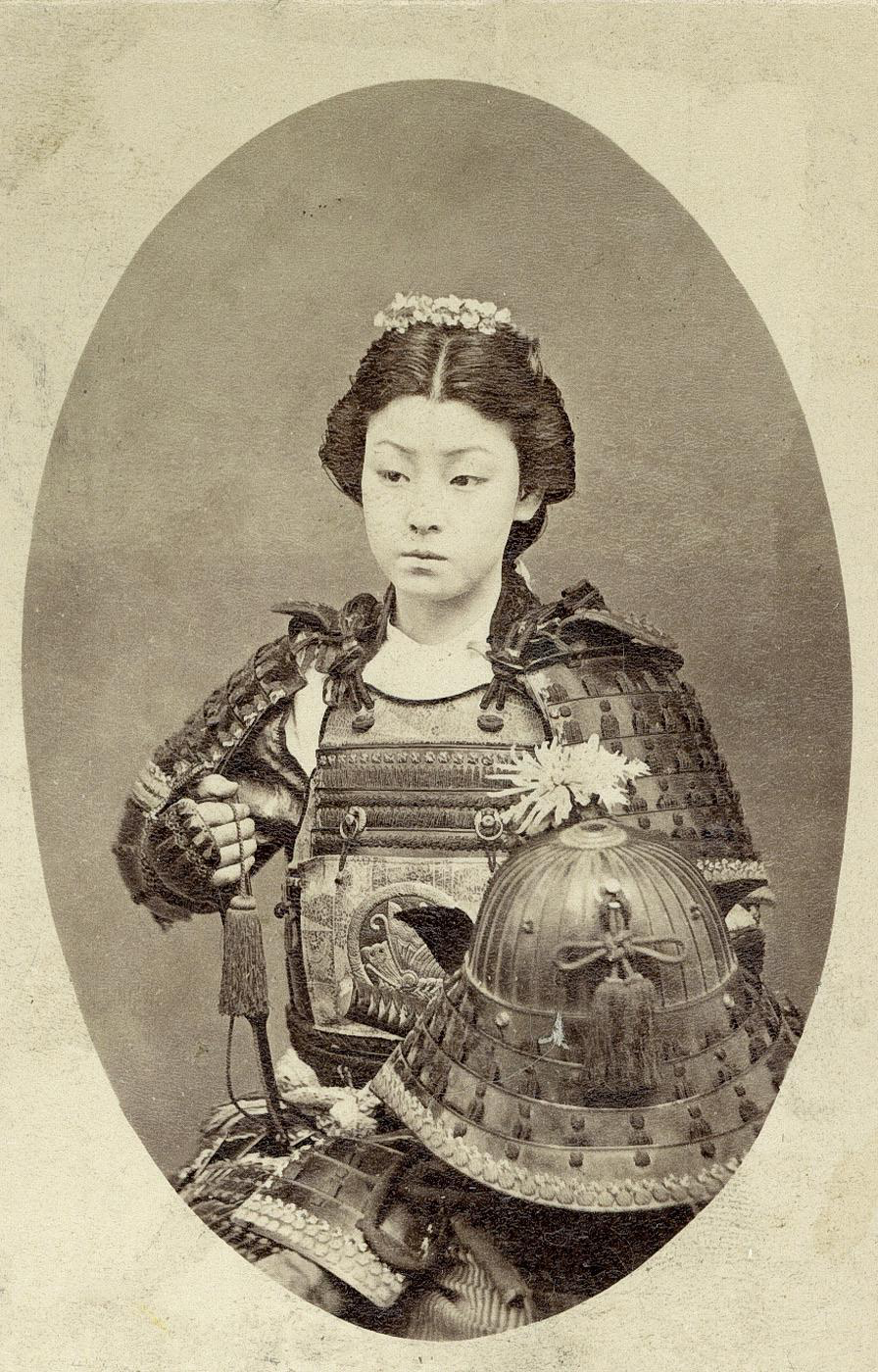
My next favorite discovery from this identity spiral led me to a 19th-century photograph of an Onna-Bugeisha (woman samurai warrior). After looking into the history of this image a bit more, I learned that it’s more likely this was a staged photograph of an Onna-Bugeisha for a theater production, but it nonetheless thrilled me to know there existed a group of women samurai in Japan who were every bit as powerful as their male counterparts; they were trained in the same way, fought alongside male samurai, held to the same standards, and expected to perform the same duties. I still don’t really believe it, but this picture is proof that it happened.
10. Qian Family, portrait of three generations of my mother's side of the family in Shanghai, China, circa 1960s
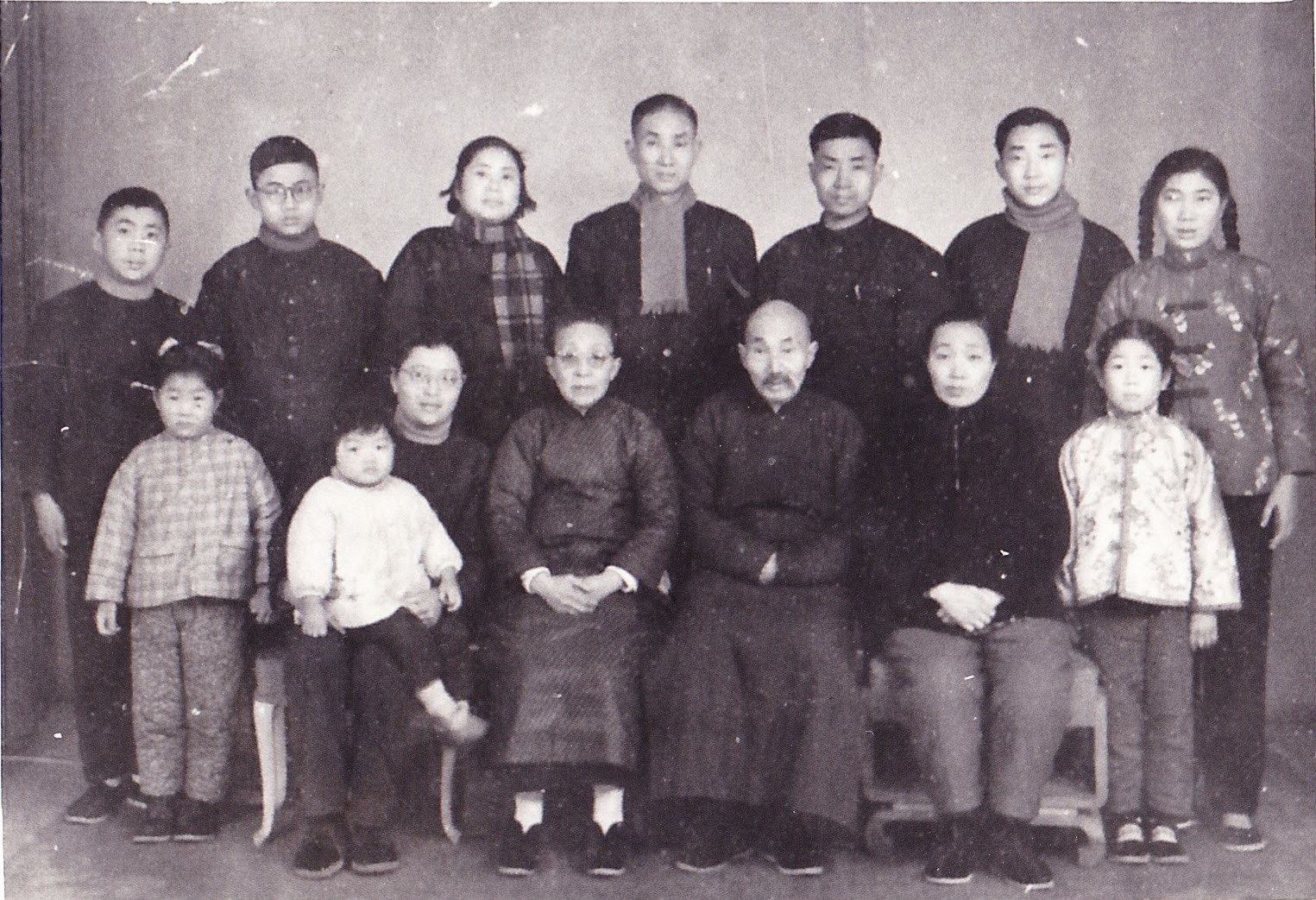
This is a photograph I uncovered only recently after the passing of my uncle last year (top row, second from the left), but it is an image that totally shifted my perspective of who I am and where I come from. It is a family portrait of my mother’s side of the family in Shanghai, taken between 1963 and 1964, with three generations represented. My mother at the time is about 10 years old (bottom row, far right). Within my own lifetime, I’ve only met about five of the people in this photograph, only two of whom are still with us today. This image made me consider just how small my story is within the history of my ancestors and what they all must have experienced individually as well as collectively: dynasties, a cultural revolution, immigrating to the US. I must be my ancestors’ wildest dreams.
